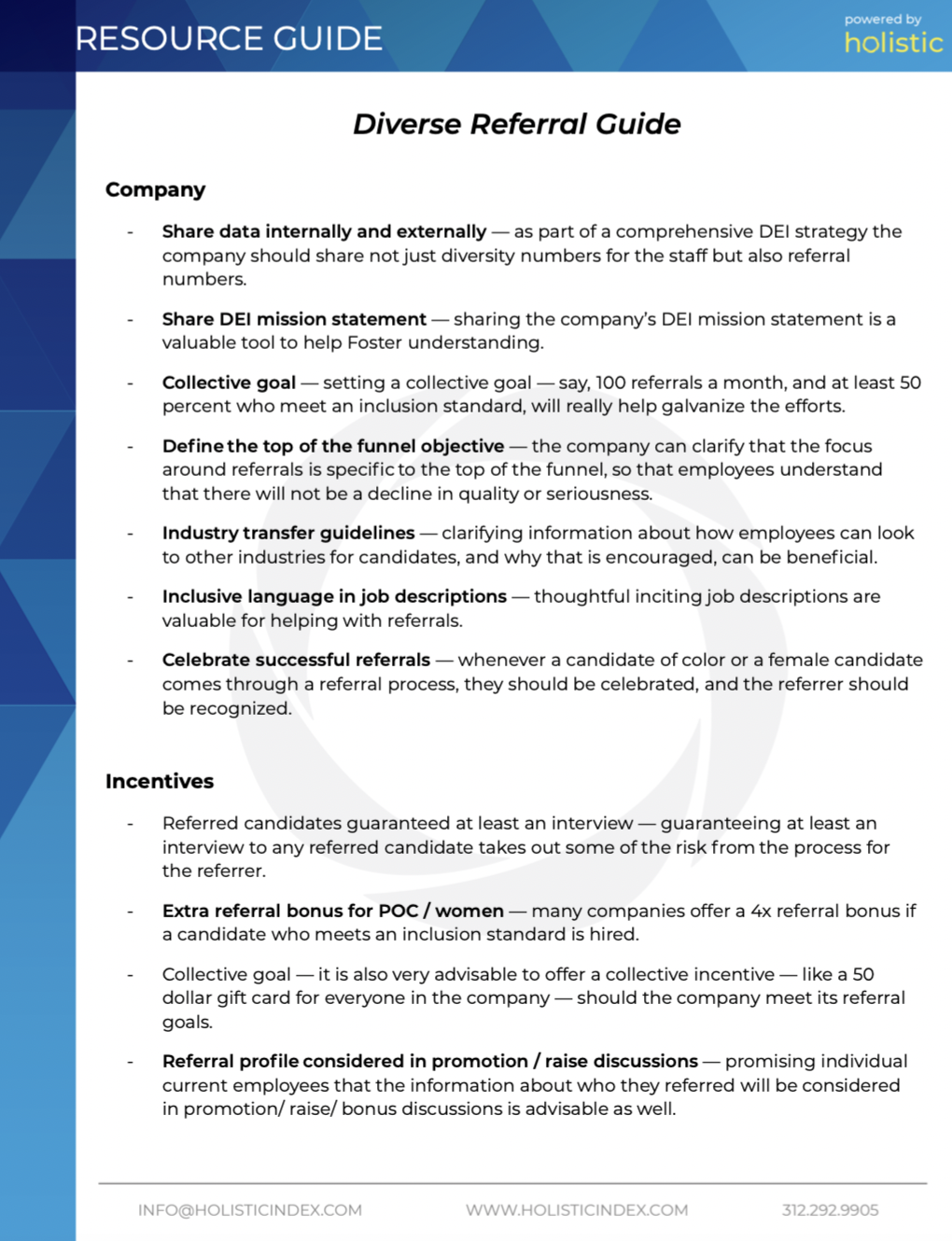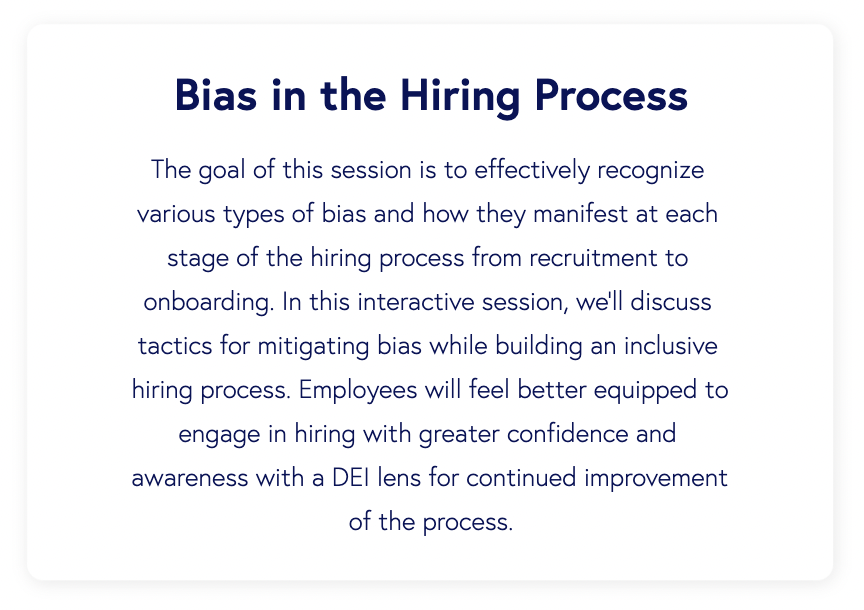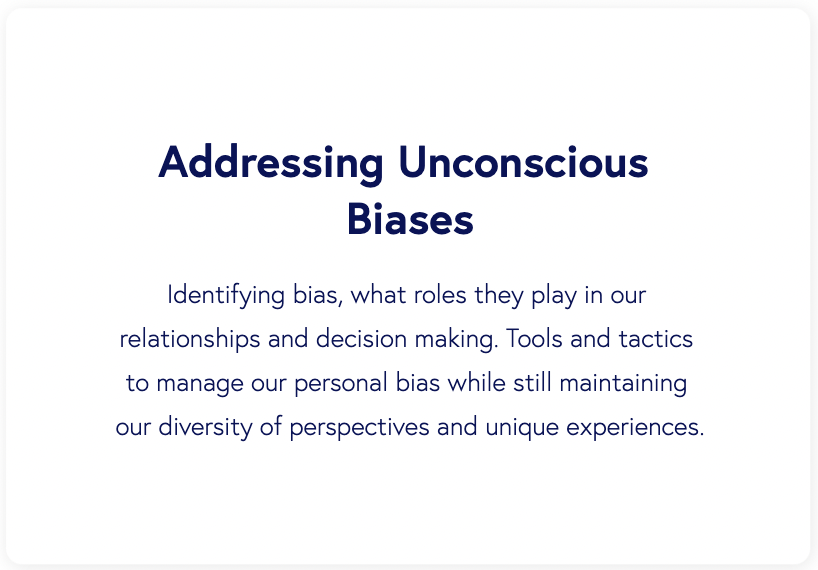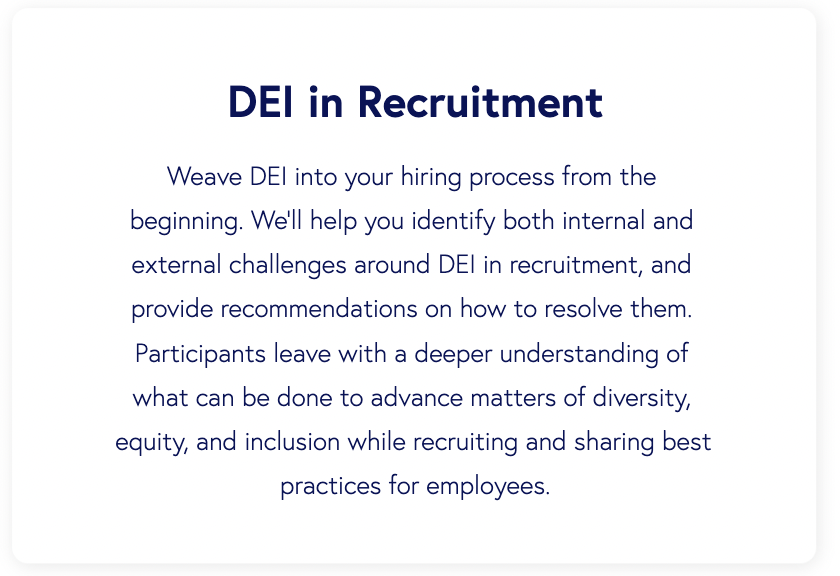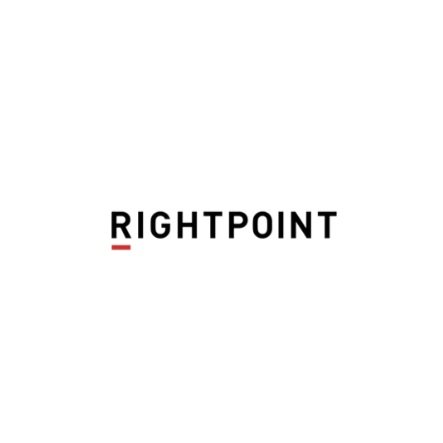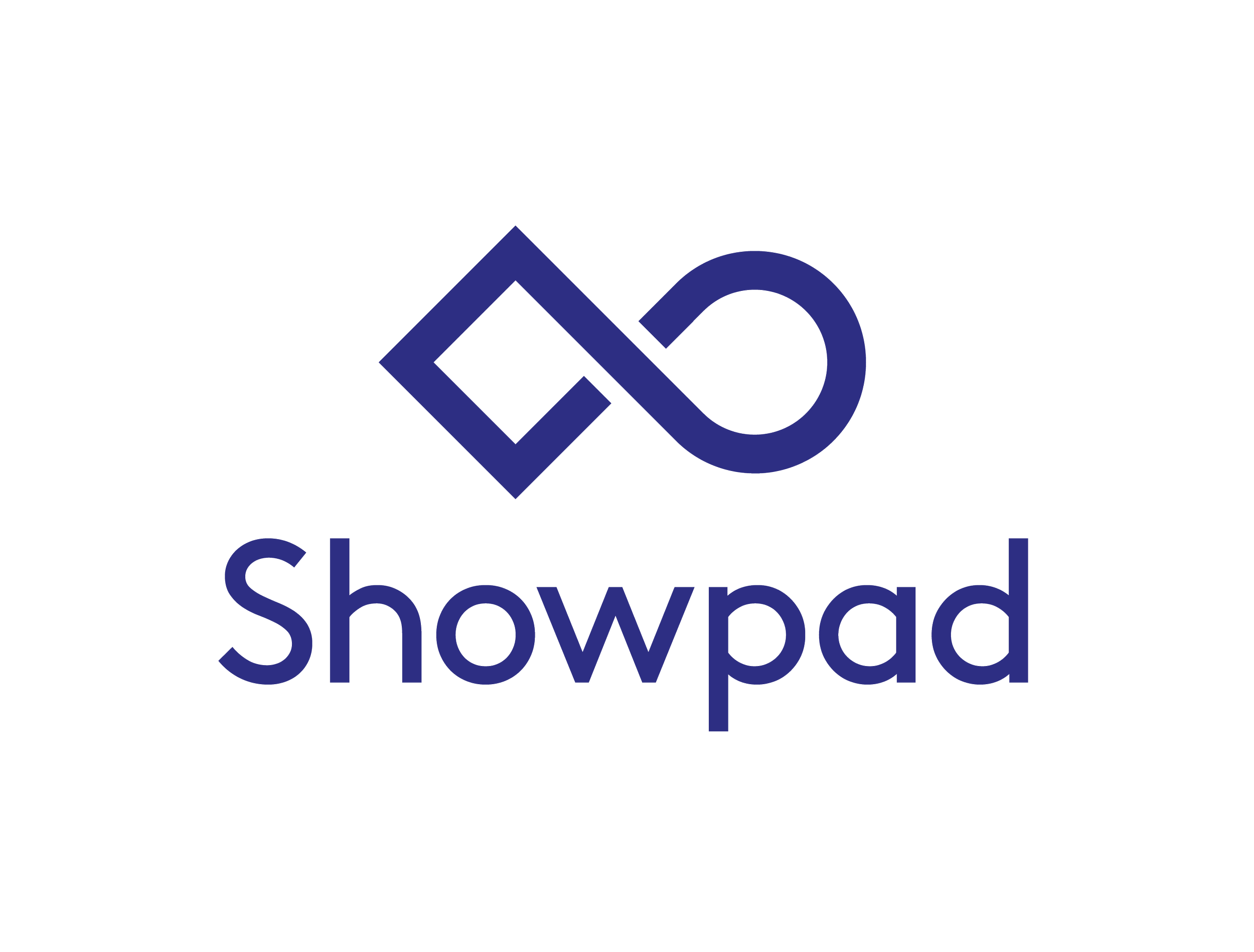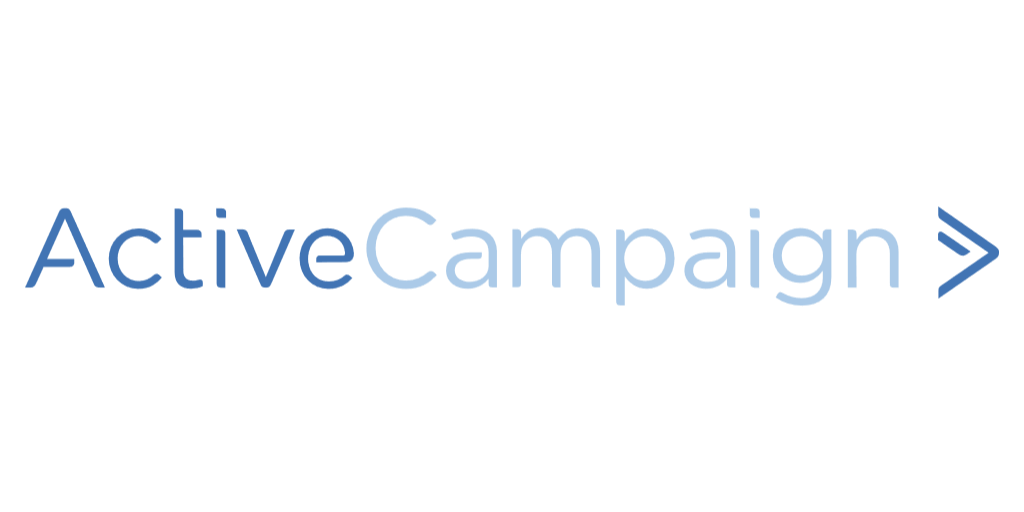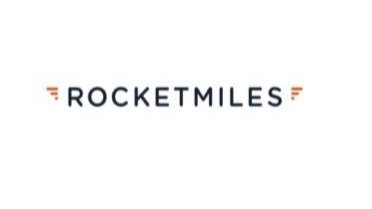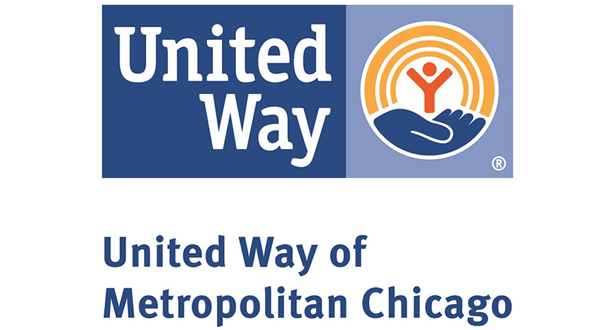People First Hiring
The Lessons
The hiring process is one of the first places where your organization can take actionable steps to increase diversity so DEI is at the core of the process each step of the way. The moment you post a job description, potential candidates will begin evaluating your company culture. It introduces your values, what drives your business, and how you prioritize your employees.
Improving the representation of diversity throughout an organization helps build strong, trusting relationships with candidates early on. With the consistent rise of social injustices and The Great Resignation still affecting the workforce, candidates have become more verbal about valuing transparency and a company culture that aligns with their own beliefs and values. Candidates want to feel accepted, uplifted, and rewarded for bringing diverse perspectives to your organization, so a strong sense of cultural competency can go a long way. Here are three pillars of the hiring process that you should consider when planning your new and improved hiring pipeline.
Job descriptions
Using inclusive language such as non-gendered pronouns (with the help of technology like Textio and Gender Decoder) makes it easier to find biased language in your application and job posting. It is also essential to think beyond gender and race when talking about bias. Does your job description use language that promotes ableism? Does your job description include language that neurodivergent and disability exclusive language? If you are unsure, you can look at our Inclusive Language Toolkit and take our Neurodiversity in the Workplace Survey.
Our job description audits include suggestions to improve job descriptions across your organization and a suite of best practices to help your teammates produce transparent, equitable job descriptions that attract your ideal candidates.
Interviewing
As the most memorable part of the journey for many candidates, it's essential to execute your interview plan well. While preparing for this stage of the process, be intentional about the questions you ask and who will be included in the actual interview. Establish a clear interviewing standard involving a diverse group of staff to reduce bias while reinforcing and providing equitable opportunities. Addressing unconscious bias in the hiring staff will make your candidate feel more comfortable and instill confidence in your team that you are creating a safe space where these conversations can be held on an ongoing basis.
Holistic can work alongside you while interviewing candidates for critical roles. We'll be the extra DEI perspective and engage with them to better understand their capacity to contribute to your organization's DEI mission. Reach out to us to learn more.
The Learning Curve
Always remember this isn't a light jog; it's a marathon. It will take time, work, and most importantly, a willingness to learn. Breaking barriers of inclusion often start with education. It may require you to broaden your worldview and seek a deeper understanding of other cultures. Finding the value in difference and diversity can often develop and deepen cross-cultural empathy and communication skills.
Training is always a great way to begin implementing learning opportunities into the foundation of your organization in a way that empowers anyone to create an exceptional hiring experience.
Watch the full webinar to learn more.
“ I especially liked how action oriented the tips and suggestions were (I’m so tired of hearing only talk-talk-talk).”
Knowing where to begin is the hardest part. Here are some resources to get you started:
Our Hiring Pipeline Tool
We won’t sugar coat it, diversifying your hiring pipeline takes work. There is no static formula. Each company has a different makeup, different operations, and different hiring goals. We use our Holistic Hiring Pipeline Tool to thoroughly analyze how diversity, equity, and inclusion factor into your pipeline at key points. The real-time data from your ATS system will allow us to highlight growth areas and implement a sustainable strategy to execute and reach your goals. Our Hiring Pipeline Tool is multifaceted and can be customized to zoom in on the opportunities of growth specific to your company's success.
How do we measure success?
Here are 3 things to keep in mind:
Assess how you are doing now, at this very moment.
Contextualize your data in terms of competitor and marketplace standards, which requires outside data / research.
Are your changes leading to overall improvement over time?
You can download the Hiring Pipeline FAQ to help get you started. If you would like us to assist your organization with implementing our Hiring Pipeline Tool into your current process, please email us at info@holisticindex.com.
“Extensive breakdown of inclusivity.”
Important Definitions
-
Unconscious biases are social stereotypes about certain groups of people that individuals form outside their own conscious awareness. Everyone holds unconscious beliefs about various social and identity groups, and these biases stem from one's tendency to organize social worlds by categorizing.
-
A “Culture Add” is an individual who adds to an organization in meaningful ways that may challenge existing structures and promote innovation.
-
A “Culture Fit” is based on the presumption that the best business is full of like-minded or similar people.
-
The act of making someone part of a group, where each member is afforded the same rights, opportunities and access.
Empower Your Staff with Training
Level-set with our Hiring Process Survey
Are you looking for an employer that values diversity? Look no further!
Take a look at some of our clients’ current open positions. Employers, we welcome you to submit your positions to the Holistic job board for us to promote through our network! (as of 5/2022)
Missed the live webinar? No worries! You can access our presentation below.
Download transcript










